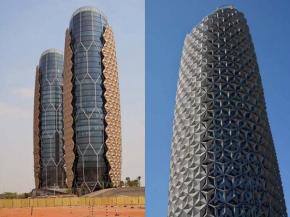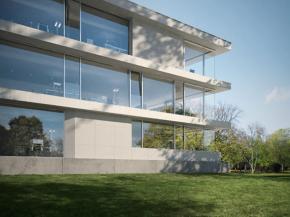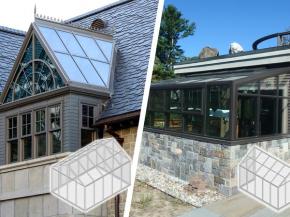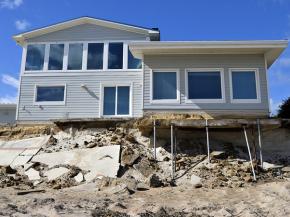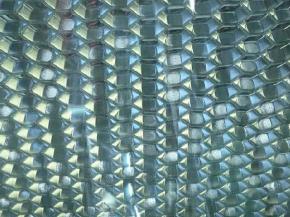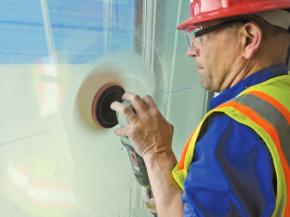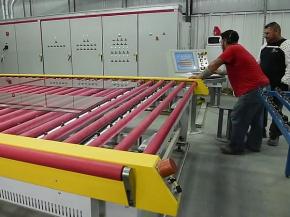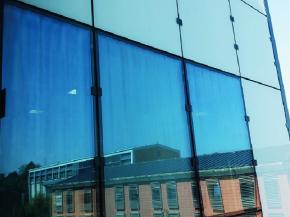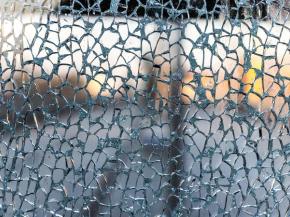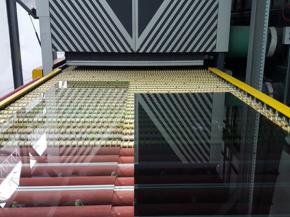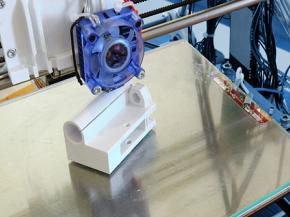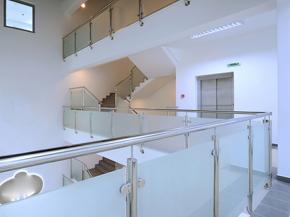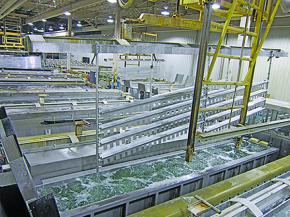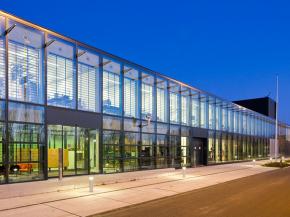Latest articles
| This paper presents a case study of an adaptive sunscreen facade and evaluation of its performance and occupant behavior.
| Structural glass can be used as a fantastic alternative to a traditional façade system.
| With so many different configurations for our glass structures, choosing a design can get a little overwhelming. However, the selection process can be simplified by understanding the different purposes of the structure.
| Glass has entered the sustainability vernacular in a big way, which is great news for builders.
| For this post-Irma episode, Paul and Will engaged in an engrossing discussion about how “hurricane windows” performed against the prolonged battering of wind and rain that accompanied Irma on her journey through Florida.
| To provide stiffness, shading and privacy with abundant daylight and a feeling of openness for restaurant extensions and an entrance canopy to a London hotel, we used glass sandwich panels with aluminium honeycomb core.
| In some cases, the blemished glass can be restored to an acceptable aesthetic condition using a combination of wet and dry polishing methods.
| We are currently on the brink of a new revolution: the revolution that is artificial knowledge.
| Impact resistant windows are a very important part of the construction industry and homeowners are well advised to consider their use. But, owners must also recognize that impact “resistant” does not mean hurricane “proof.”
| Learn about the first step we take in maintaining tempered glass quality standards.
| Although anisotropy is inevitable when heat treating glass a major breakthrough took place in the industry in 2016 by developing an on-line anisotropy visualisation equipment.
| Incidents in Melbourne of ‘spontaneous’ glass breakage are more about the construction industry forgetting the lessons of the past than ‘cheap’ Chinese imports.
What do power consumption, installed power and installed capacity of a glass tempering furnace mean?
| Power consumption of the glass tempering furnace refers to the amount of electric energy consumed in the process of tempering certain quantity of glass. The measuring unit commonly used is the kilowatt hour (KWh).
| Borosilicate glass, in particular, is extremely well-suited for 3D printing processes in a range of applications.
| When it comes to safety glass, there are generally two options that architects and designers of today will tend specify: toughened glass and laminated glass.
| What relevance do British Standards have on the specification of partitions?
| Anodizing is the most durable and long-lasting option for finishing architectural aluminum building products. An electrochemical process, anodizing produces a finish that resists the ravages of time and environment.
| From flooring to roofing, there are many architectural uses for glass. But today, beyond your average glass fixtures and simple glass structures, buildings made entirely of glass are gaining popularity in major cities across the world.
| It is in spaces that heal, that we hope...for hope, for a new lease of life, for the wealth of wellbeing. For, it is in healing spaces that we can find the power to heal, the promise of good health.
| A sustainable office design has gone from a “nice-to-have” to a “must-have” achievement. The question is no longer if business will incorporate sustainable design, but when.

